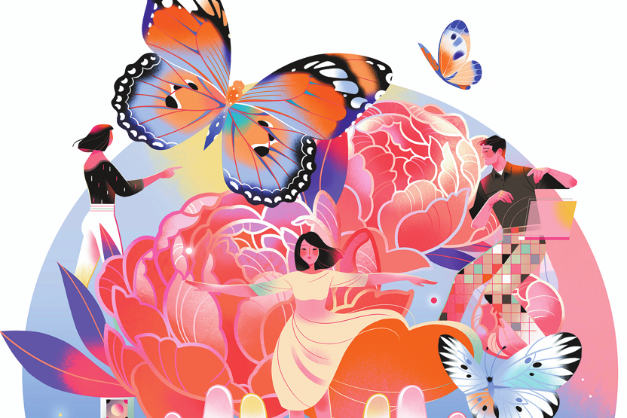New artifacts point to origin of Shu culture


More than 500 cultural relics have been unearthed at the Sanxingdui Ruins site in Guanghan, Sichuan province. Among the discoveries in the excavations, which started on Saturday and will continue till Tuesday, are fragments of a golden mask, bird-shaped gold decoration pieces, giant bronze masks, ivory, and a bronze sculpture of a tree.
These discoveries could help clear some doubts about Sanxingdui, and the ancient Shu civilization. Some say the decoration pieces and ivory shows the Shu civilization had links with Southeast Asia, even South Asia. However, it may not be so, as archaeologists have also found a large number of bronze wine cups and what look like Chinese carved patterns on the ivory, which show the ancient Shu civilization was part of the ancient Chinese civilization. Of course, the golden masks unearthed this time and before could offer clues to cultural links with ancient Eurasia, but that should not override the evidence of the ancient Shu culture's basic origin.
After all, offering bronze artifacts was an integral part of ancient Chinese culture, not any other ancient civilization, including Egyptian and Indian. In this aspect, the ancient Shu culture is very similar to the ancient Chinese culture, in which alcohol was considered a sacrificial offering enabling people to establish spiritual connection with the gods. The large numbers of bronze wine cups, shaped like ancient Chinese wine cups, is indicative of the ancient Shu culture following this tradition.
The unearthed bronze tree, too, hints at a trait similar to ancient Chinese culture with its 10 divine birds and a nest on a divine tree. The newly unearthed tree has nine birds, implying the missing one is in the sky.
A large number of turtle shells, slightly burned, were also unearthed at Sanxingdui. Ancient Chinese culture is replete with the practice of burning turtle shells for divination purposes.
The relics unearthed at Sanxingdui are solid evidence that the ancient Shu culture was a part of ancient Chinese culture.

































